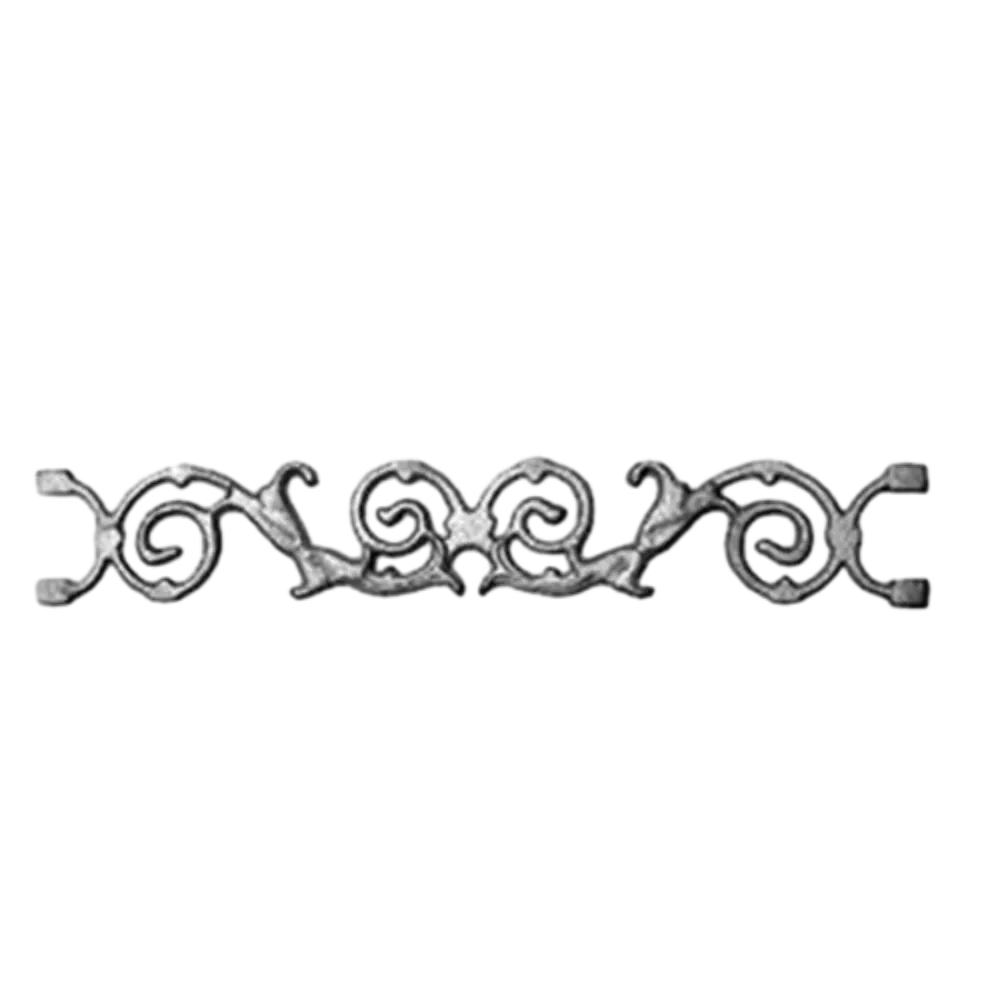Creative Designs in Decorative Ironwork for Elegant Spaces and Exquisite Touches
The Art of Decorative Iron Works
Decorative iron works, a blend of craftsmanship and artistry, have been a distinguished feature in architecture and design for centuries. This form of metalwork transforms simple iron into exquisite pieces that enhance the aesthetic appeal of structures, both interior and exterior. The beauty of decorative iron lies not only in its durability but also in the elegance it brings to various applications, ranging from gates to railings, and furniture to art installations.
Historical Significance
The origins of decorative iron work can be traced back to ancient civilizations where skilled artisans would craft ornamental pieces for both functional and ceremonial purposes. The use of iron became prominent during the Middle Ages, particularly in Europe, where craftsmen began to develop sophisticated techniques for forging and shaping this robust material. The Gothic and Renaissance periods saw an explosion of creativity in ironwork, exemplified by grand cathedral gates and intricately designed balconies.
One of the most famous examples of decorative iron work is the wrought iron of the Gothic cathedrals. The elaborate designs featured in gates, window grilles, and other architectural elements were not merely functional but also served as expressions of faith and artistry. As time progressed, the techniques evolved, leading to the emergence of more refined styles, including Baroque and Neoclassical influences, which further enriched the decorative potential of iron.
Techniques and Craftsmanship
The creation of decorative iron works involves a variety of techniques, each contributing to the final aesthetic. Traditional methods such as forging, bending, and welding are commonly employed, requiring a high level of skill and attention to detail. Blacksmiths and metalworkers have honed their abilities for generations, often passing down knowledge through apprenticeships.
Modern technology has also influenced decorative iron works, integrating methods like plasma cutting and CNC machining to create complex designs with precision. These advancements allow artists to explore new dimensions in their work, enabling a fusion between traditional craftsmanship and contemporary design.
Applications
decorative iron works

Decorative iron works serve an array of practical purposes while enhancing the visual elements of a space. One of the most recognizable applications is in gates and fences. A well-crafted iron gate not only secures a property but also acts as a stunning focal point, leaving a lasting impression on visitors. Privacy fences adorned with intricate patterns can transform an ordinary backyard into an enchanting retreat.
Railings, both interior and exterior, are another common application of decorative iron works. Wrought iron railings can add a touch of sophistication to staircases and balconies while ensuring safety. Their versatility allows for customization, meaning they can complement various architectural styles, from classic Victorian to sleek modern designs.
Decorative iron furniture, such as chairs, tables, and light fixtures, also showcase the versatility of this material. These items can add a unique character to a space, whether it be in a rustic patio setting or a contemporary dining room. The combination of iron with other materials, such as wood and glass, can create striking contrasts that enhance the overall ambiance.
Artistic Expression
Beyond functional applications, decorative iron works serve as a canvas for artistic expression. Artists and designers often incorporate unusual shapes, motifs, and finishes to produce stunning masterpieces that stand as individual works of art. Sculptural iron pieces can adorn public spaces, parks, and private collections, adding depth and interest to the environment.
Moreover, the restoration and revival of historical ironworks present opportunities for modern artisans to connect with heritage techniques while contributing their unique interpretations. This interplay between old and new fosters a rich dialogue in the community, celebrating tradition while encouraging innovation.
Conclusion
Decorative iron works encapsulate a rich history of craftsmanship and artistic expression, evolving through time while maintaining their charm and functionality. Whether gracing the entrance of a stately home or enhancing an urban landscape, decorative iron serves as a testament to the enduring appeal of artistry in metal. As techniques and designs continue to evolve, decorative iron works will undoubtedly remain a captivating element of architectural and artistic endeavors for generations to come.
-
Wrought Iron Components: Timeless Elegance and Structural StrengthNewsJul.28,2025
-
Window Hardware Essentials: Rollers, Handles, and Locking SolutionsNewsJul.28,2025
-
Small Agricultural Processing Machines: Corn Threshers, Cassava Chippers, Grain Peelers & Chaff CuttersNewsJul.28,2025
-
Sliding Rollers: Smooth, Silent, and Built to LastNewsJul.28,2025
-
Cast Iron Stoves: Timeless Heating with Modern EfficiencyNewsJul.28,2025
-
Cast Iron Pipe and Fitting: Durable, Fire-Resistant Solutions for Plumbing and DrainageNewsJul.28,2025
-
 Wrought Iron Components: Timeless Elegance and Structural StrengthJul-28-2025Wrought Iron Components: Timeless Elegance and Structural Strength
Wrought Iron Components: Timeless Elegance and Structural StrengthJul-28-2025Wrought Iron Components: Timeless Elegance and Structural Strength -
 Window Hardware Essentials: Rollers, Handles, and Locking SolutionsJul-28-2025Window Hardware Essentials: Rollers, Handles, and Locking Solutions
Window Hardware Essentials: Rollers, Handles, and Locking SolutionsJul-28-2025Window Hardware Essentials: Rollers, Handles, and Locking Solutions -
 Small Agricultural Processing Machines: Corn Threshers, Cassava Chippers, Grain Peelers & Chaff CuttersJul-28-2025Small Agricultural Processing Machines: Corn Threshers, Cassava Chippers, Grain Peelers & Chaff Cutters
Small Agricultural Processing Machines: Corn Threshers, Cassava Chippers, Grain Peelers & Chaff CuttersJul-28-2025Small Agricultural Processing Machines: Corn Threshers, Cassava Chippers, Grain Peelers & Chaff Cutters












